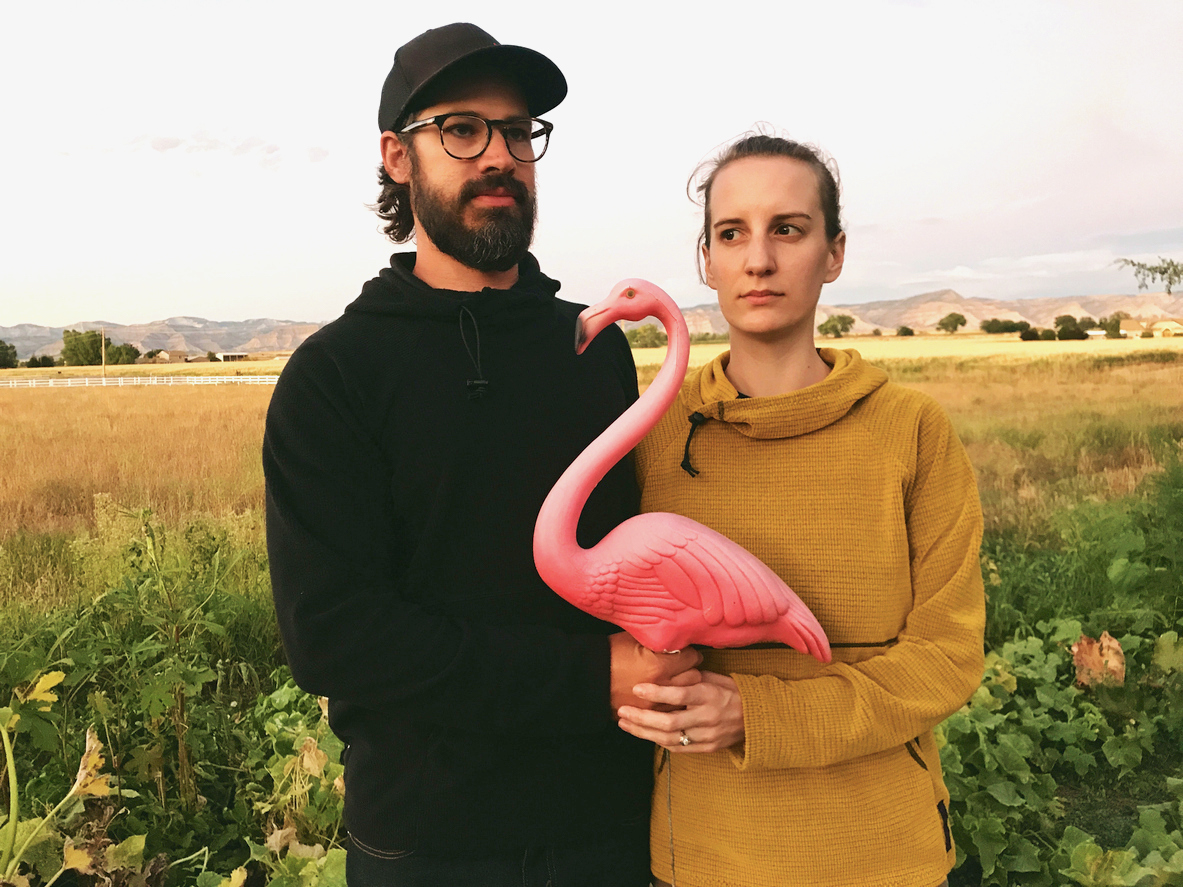

We may earn revenue from the products available on this page and participate in affiliate programs. Learn More ›
American lawns are dying. This decline has nothing to do with widespread drought, greenhouse gasses, pollution, or our penchant for chemical fertilizers and weed killers. Lawns are simply falling out of fashion; homeowners are increasingly rejecting them in favor of xeriscaping, practical and productive garden beds, hardier plants used as ground cover, and even artificial turf. Some folks are even cashing in on getting rid of their lawn.
Ending our collective obsession with green grass (and rendering superfluous the equipment their upkeep requires) may come at a high cost: the loss of lawn ornaments. Won’t someone think of the flamingos?
Baseball, Apple Pie, and Pink Flamingos
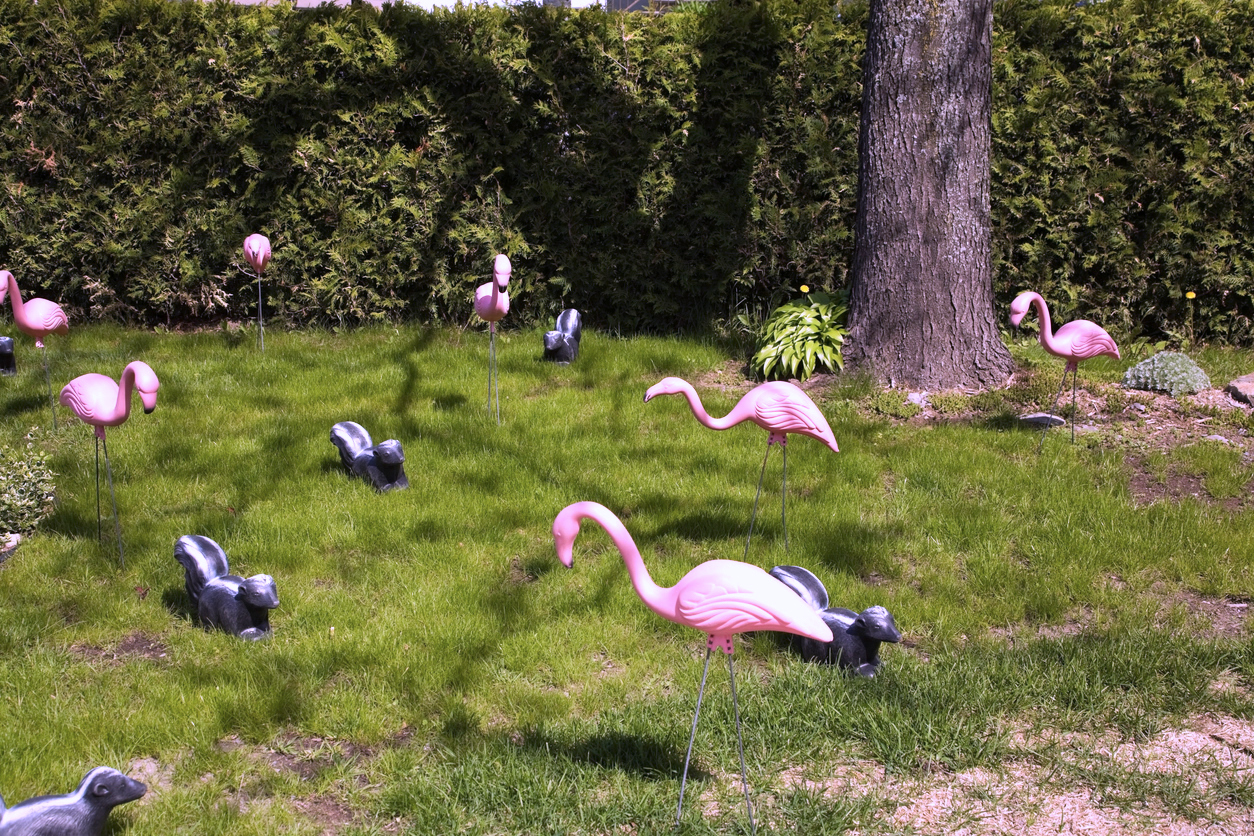
We’re being facetious, of course… or are we? Whether genuine or ironic, the tacky aesthetic that celebrated birds molded from pink plastic has swung in and out of fashion for nearly 70 years. Love them or hate them, pink flamingos are us—as evidenced not just by the astonishing, astronomical sales of the ornament (to the tune of 20 million since the birds’ birth in 1957) but also its secure spot in the annals of American kitsch.
The bird’s pop culture legacy is so significant, in fact, that it actually has its very own holiday; Pink Flamingo Day is observed each year on June 23—although exactly how one celebrates a lawn ornament remains largely unarticulated.
The Many Faces of Faux Flamingos
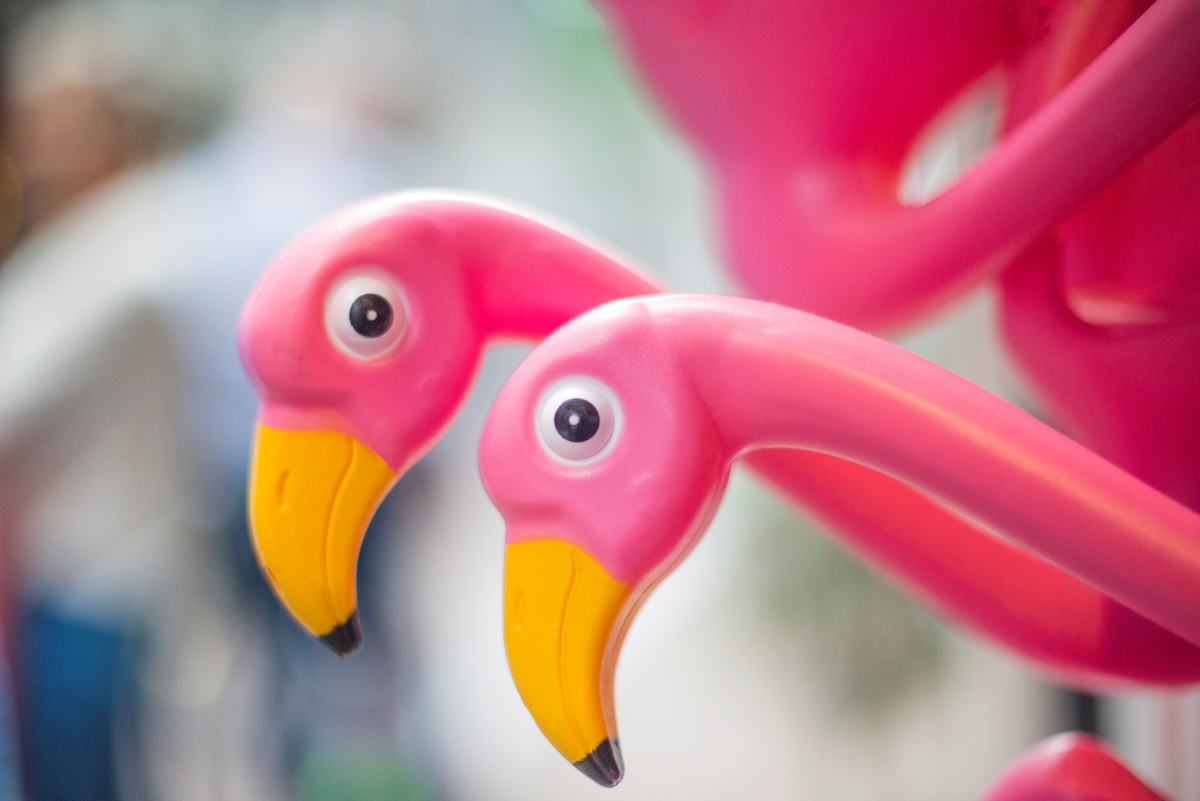
There’s no denying it: this outdoor decor icon is culturally (or at least sub-culturally) significant. There’s the 1972 John Waters “Pink Flamingo” movie, of course, but a flamingo (named Featherstone—more on that shortly) also appears in Disney’s animated “Gnomeo & Juliet,” a very different movie. Plastic pink flamingos have been embraced by gay men and swingers, but they’re also the official bird of Madison, Wisconsin (Madison, we hardly knew ye!). The decidedly low-brow birds, once a sign of upwardly mobile aspirations, are now linked inexplicably to trailer parks. The BBC called our plastic-feathered friends a symbol of American optimism during the post-war era; today, they’re considered the height of tackiness, forever retro.
And while some take umbrage at the very notion of the rose-feathered fowl as art, plastic flamingos nevertheless grace the gift shop of the Museum of Contemporary Art in Los Angeles. Even more impressively, the Smithsonian’s National Museum of American History added a pair of the pink birds, both authentified as vintage, in 1980.
The Fantastic Plastic Pink Flamingo: A Timeline
1957
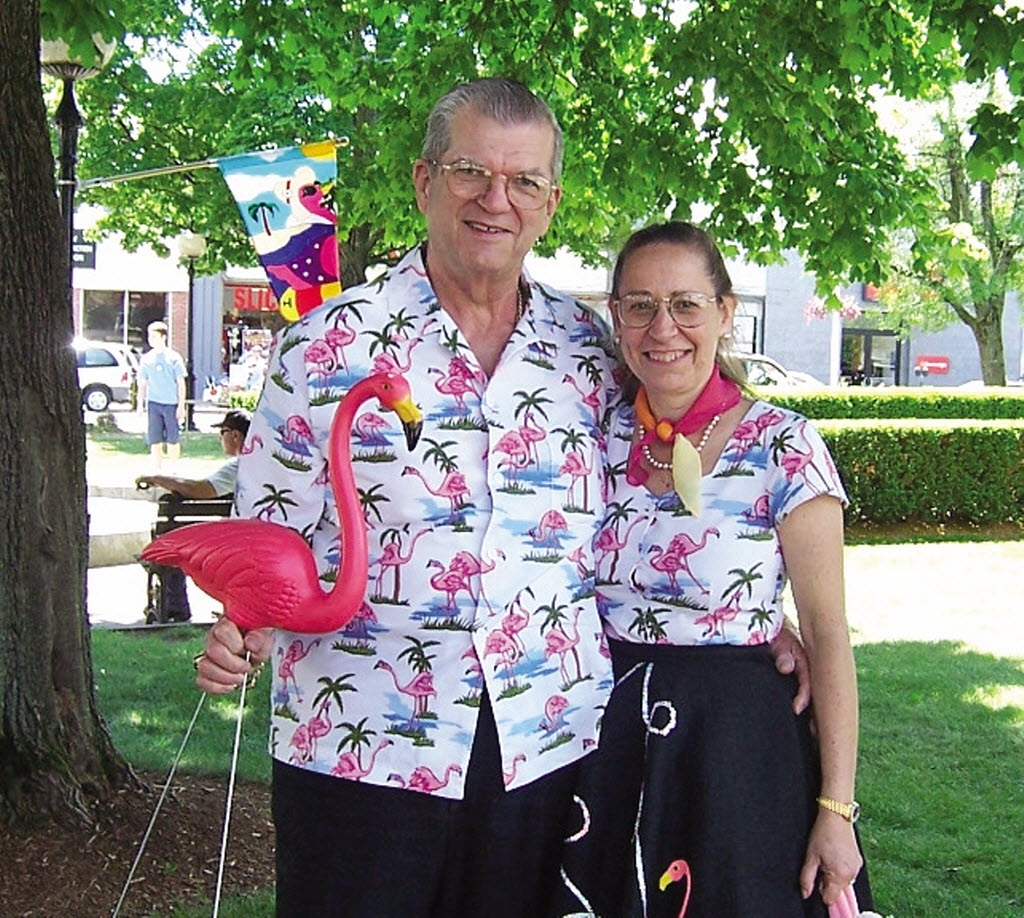
The aptly named Don Featherstone, a 21-year-old designer, is tasked by Massachusetts-based Union Products to develop sculpted, 3D animals for use as lawn ornaments. For his first attempt, a duck, Featherstone embraces a Method actor’s verisimilitude, adopting a duck called Charlie to use as a model. The flamingo comes next; due to their relative scarcity in the commercial pet market, however, Featherstone is obliged to work from photos and illustrations in National Geographic. Featherstone was also known for wearing matching outfits with his wife, Nancy, every day for 35 years of marriage. Birds of a feather…
RELATED: 12 Ways to Trace a Home’s History
1958
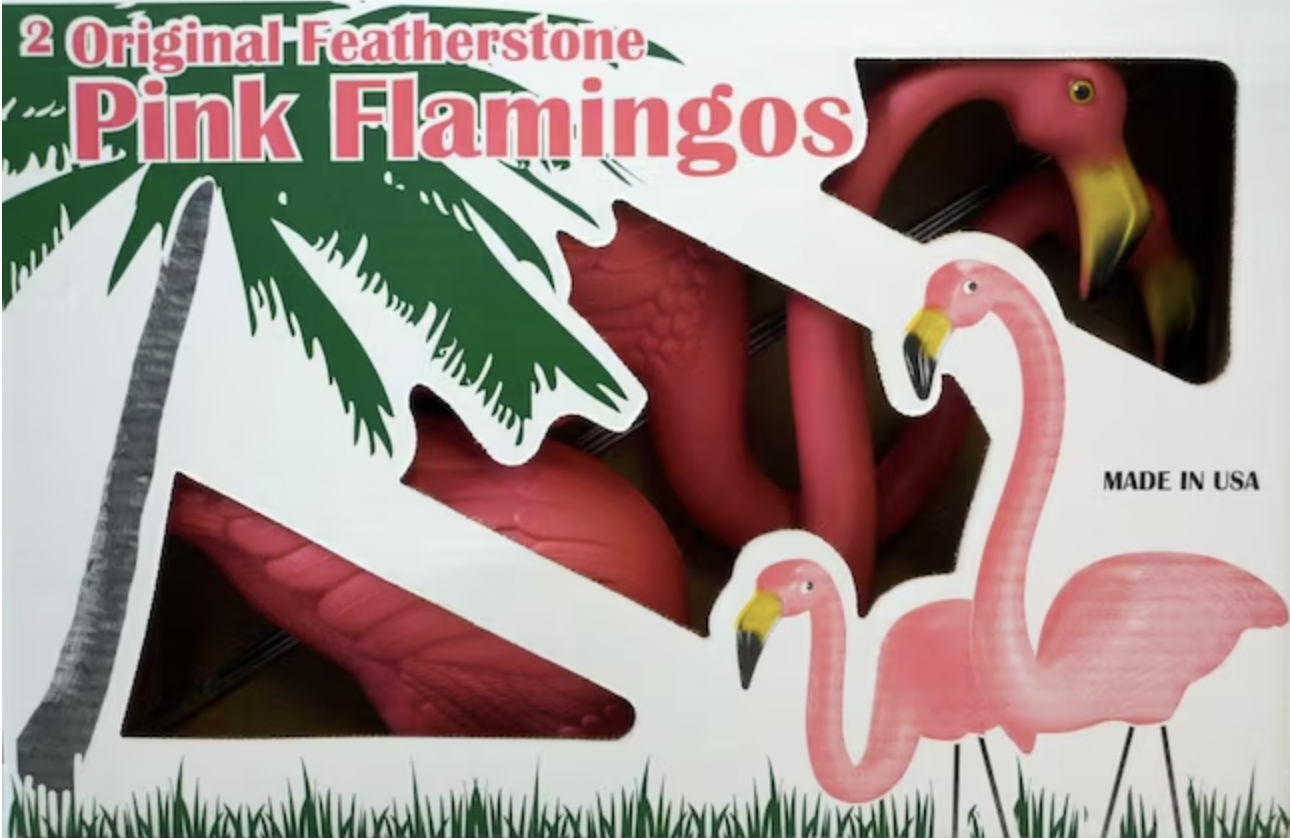
The very first plastic flamingo to roll off the assembly line was named Diego. Subsequent plastic flamingos hit the market and are immediately embraced by American homeowners eager to beautify their new lawns and enchanted by the current, wildly popular tropical and tiki aesthetics. Initially, the lawn flamingos came only in pairs—one bird standing upright, the other head-down as though feeding—and cost $2.76.
1972
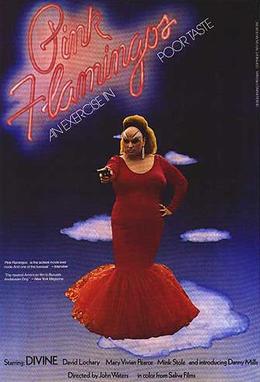
Budding avant-garde filmmaker John Waters, whose iconoclastic movies would become cult classics even as they eventually earned him critical acclaim, releases the outrageous, deliberately distasteful film “Pink Flamingos,” starring a drag queen called Divine.
RELATED: The Weird History of Witch Windows
1979
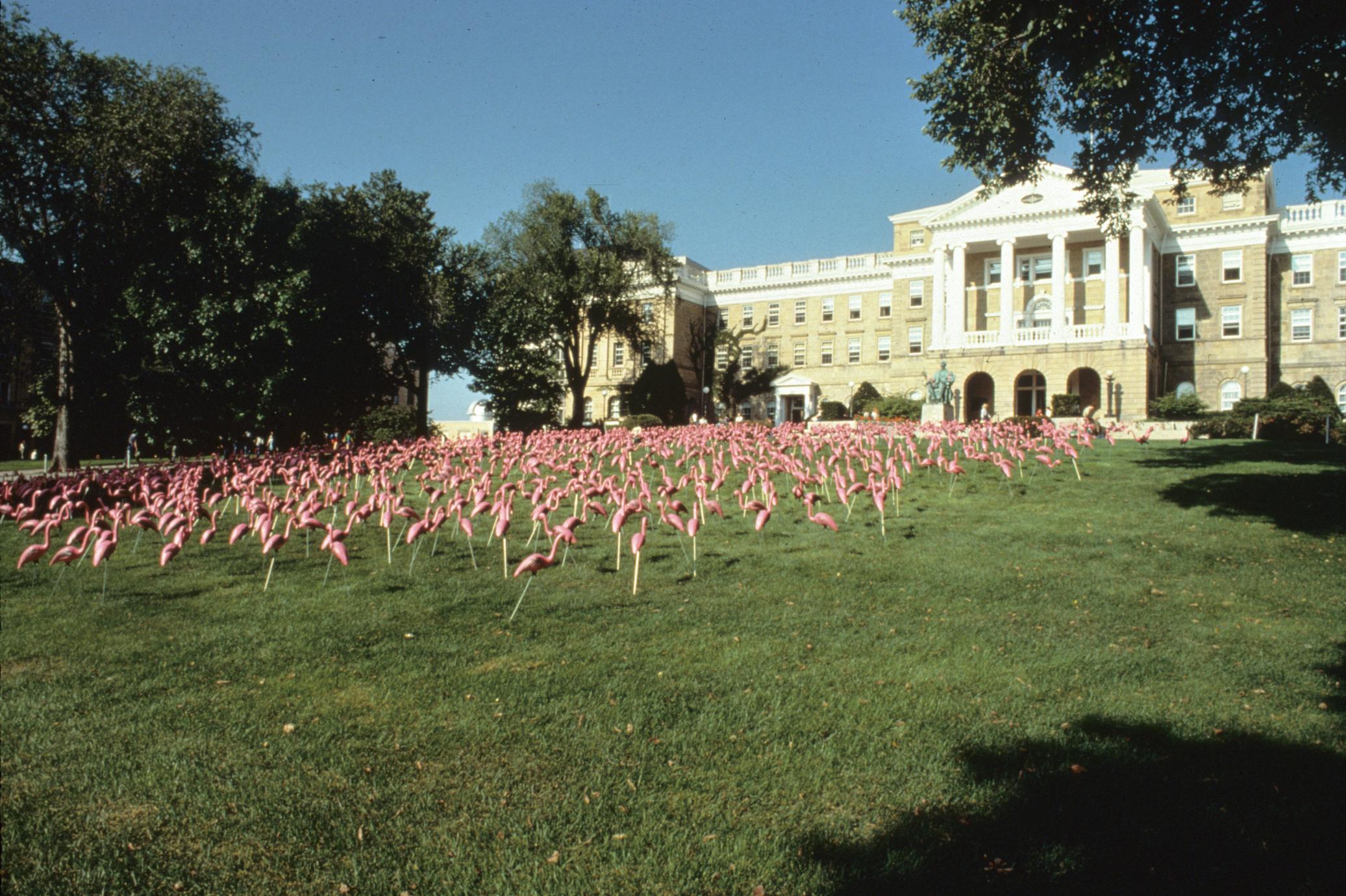
Pranksters at the University of Wisconsin-Madison kick off the school year in memorable fashion by sticking 1008 plastic flamingos into the ground near the dean’s office, where students headed to their first day of classes would be sure to spy them. Why 1008? The plastic flamingo purveyor only sold them by the dozen.
1987
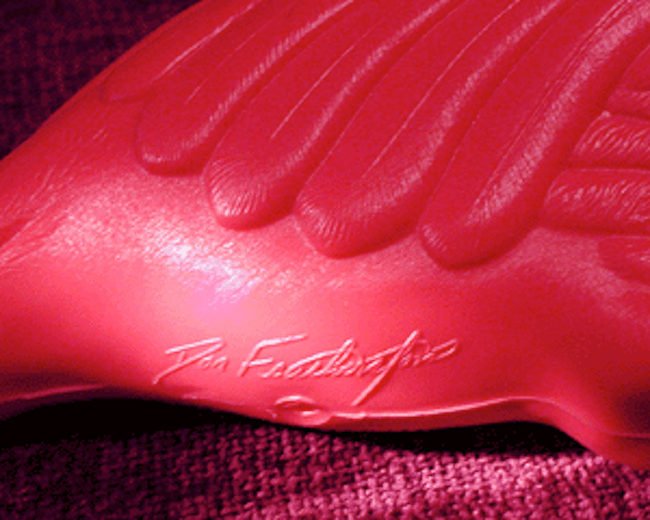
The 30th anniversary of the plastic bird’s genesis coincides with a significant revival of the mid-century Miami-chic aesthetic and its ubiquitous use of pink, turquoise, and tropical motifs. Beset by ersatz imitators undercutting their profits, Union Products adds Don Featherstone’s signature to their molds, so that the birds’ butts bear his name to safeguard their authenticity.
1993
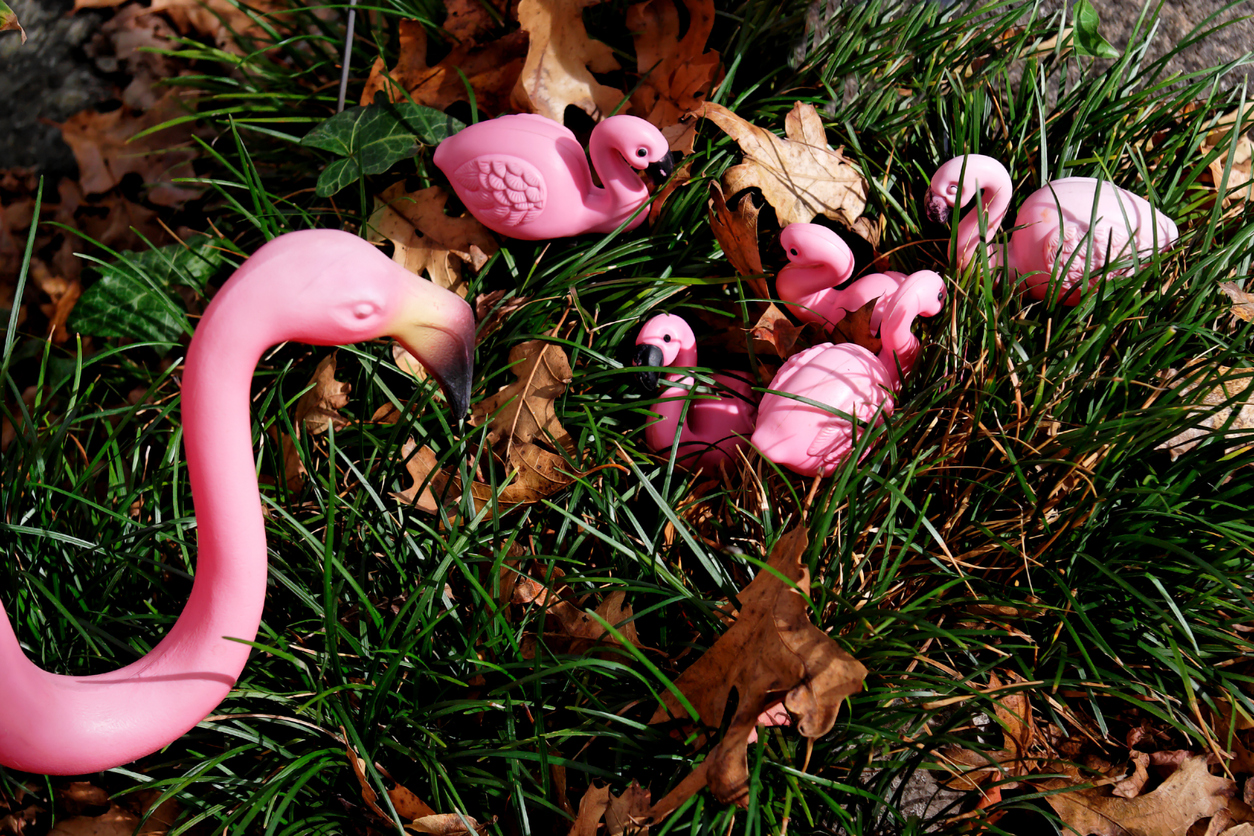
Plastic flamingos multiply exponentially. By the early 90s, they outnumber their flesh-and-blood counterparts by a ratio of 7 to 1. This was also the time when the more life-like plastic eyes were added to the design of the birds.
1996
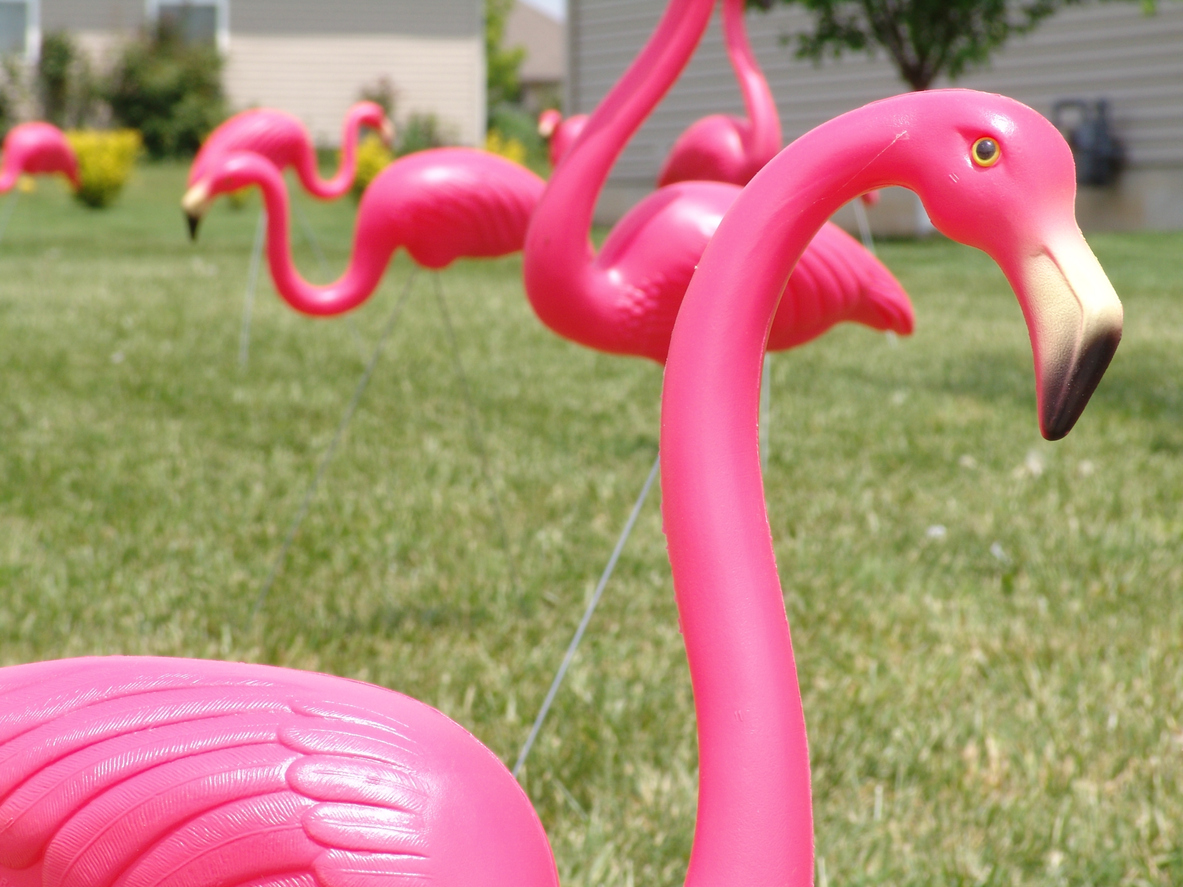
Don Featherstone wins an Ig Nobel Prize for Art. Awards that satirize the very-serious Nobel Prizes, the Ig Nobels celebrate seemingly silly or trivial accomplishments. Many of these achievements, however, end up evolving into legitimacy, the award winners eventually lauded for real contributions to real art and science.
1999
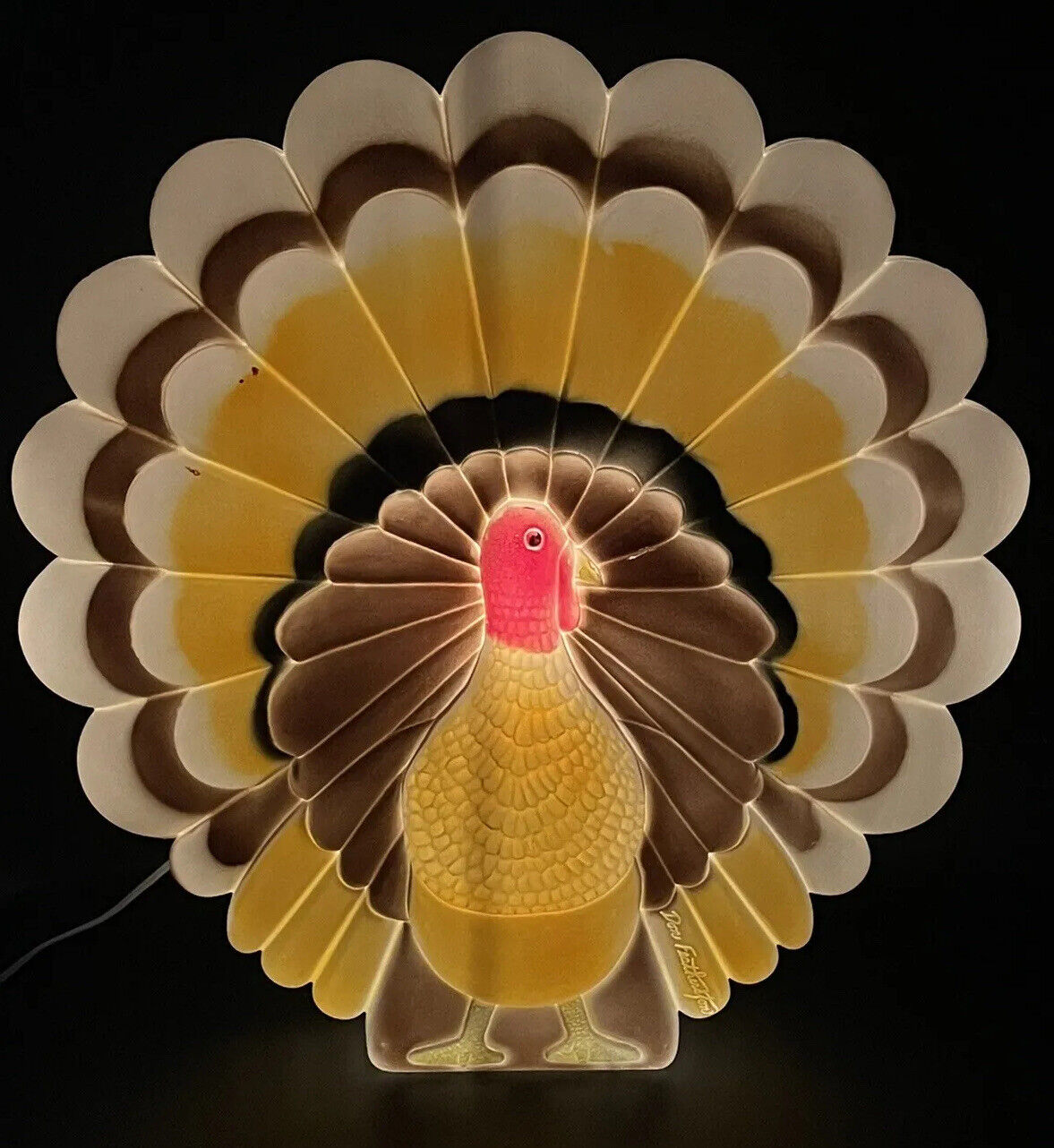
After a 43-year career with Union Products, part of it spent as the company’s president, Featherstone retires. In addition to his most famous, or infamous, lawn ornament, he designed hundreds of other items during his tenure with the Leominster, Mass., company. His signature was on the mold for most of them, including birds, holiday decorations, and blow mold lights.
RELATED: How to Get Your OId House on the National Register of Historic Places
2006
After removing Featherstone’s signature from the flamingos, causing flamingo fans the world over to boycott inauthentic birds, Union Products closes its doors, ceasing production of the official ornaments.
2009
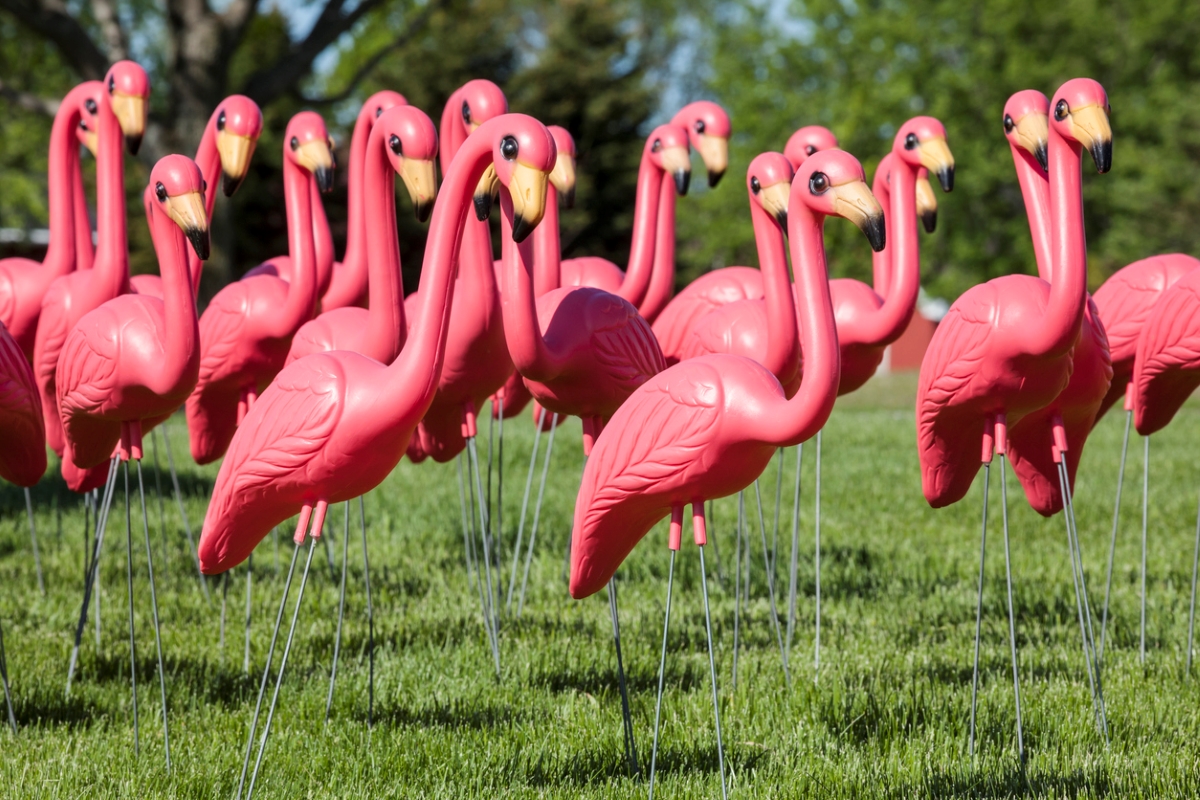
As a 40th-anniversary tribute to the pranksters who planted that flamboyance (yep, that’s the actual collective noun for members of the Phoenicopteridae family) of plastic flamingos , on the University of Wisconsin campus, the city council of Madison votes to enshrine the beloved lawn flamingo as its official city bird.
2012
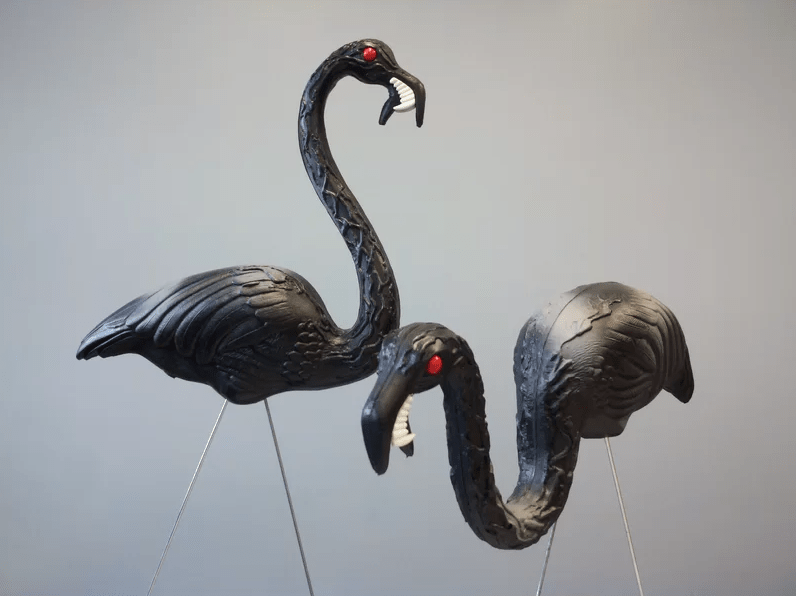
Cado Company acquires Union Products and all its equipment, including the flamingo molds, and begins manufacturing the beloved feathered friends once again. Joining the vintage pink varieties are blue and purple flamingos, and the Halloween soon-to-be classic zombie flamingos.
2015
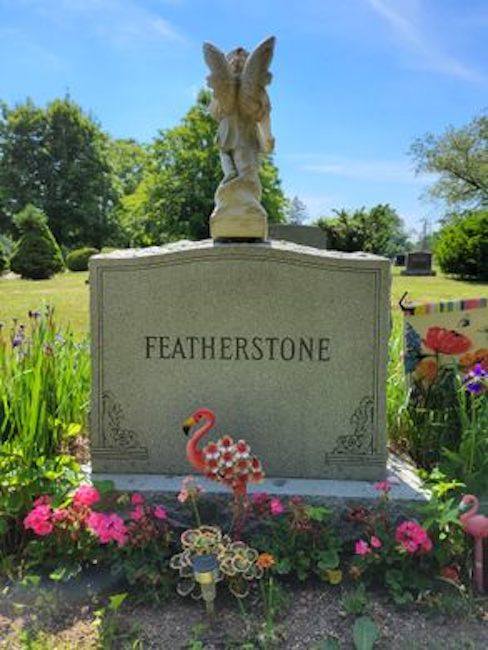
The father of flamingos, Don Featherstone, dies on June 23—leaving behind an iconic emblem of Americana and millions of feathered friends. He was 79.
